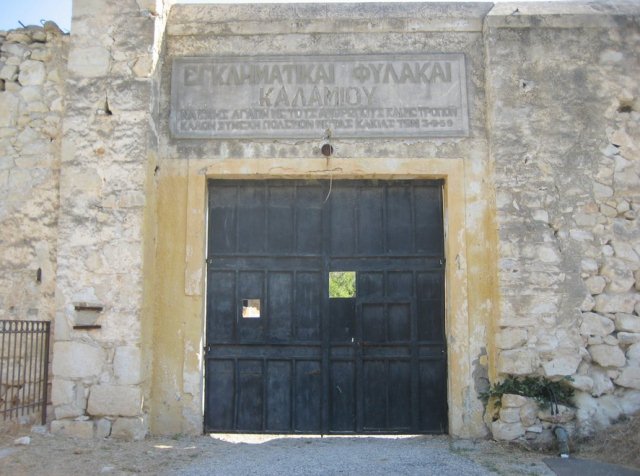Itzedin Fortress is situated between Kalyves and Souda on the hill Kalami, 15km east of Chania.
It was built in 1872 by Reouf Pasha and was named after the first born son of the Sultan Abdul Aziz Itzedin.
Along with the fortress of Souda and Palaikastro, Itzedin was one of the most important fortresses in the region, defending the natural harbour of the island, Souda.
Later on, it was used as a prison for for political detainees and for prisoners who received the death penalty.
During the Cretan State (1903) the great politician El. Venizelos himself was imprisoned for 15 days, while later during the dictatorship of Th. Pagkalos (1924), many political enemies where kept imprisoned. However, after the fall of the dictatorship in 1926, the dictator Pagkalos was also imprisoned there for two years.During the German occupation and the first years of the civil war, the prisons were closed.
Itzedin worked again as prison towards the end of the civil war, hosting the first communist political prisoners. This role of the fortress as a place of imprisonment of political prisoners whose only crime was to fight for their ideas and for democracy, inspired two movies later on: “The days of 36” and the “Stone Years” (Petrina Hronia) refer to the Itzedin Prison.
Itzedin Fortress in Chania Prefecture in Crete is unfortunately abandoned by the officials and the State although it should become a museum of modern history as well as a symbol of democracy and freedom. It is, after all, part of the cultural and historical heritage of Crete.
Photo by: Phaethon







